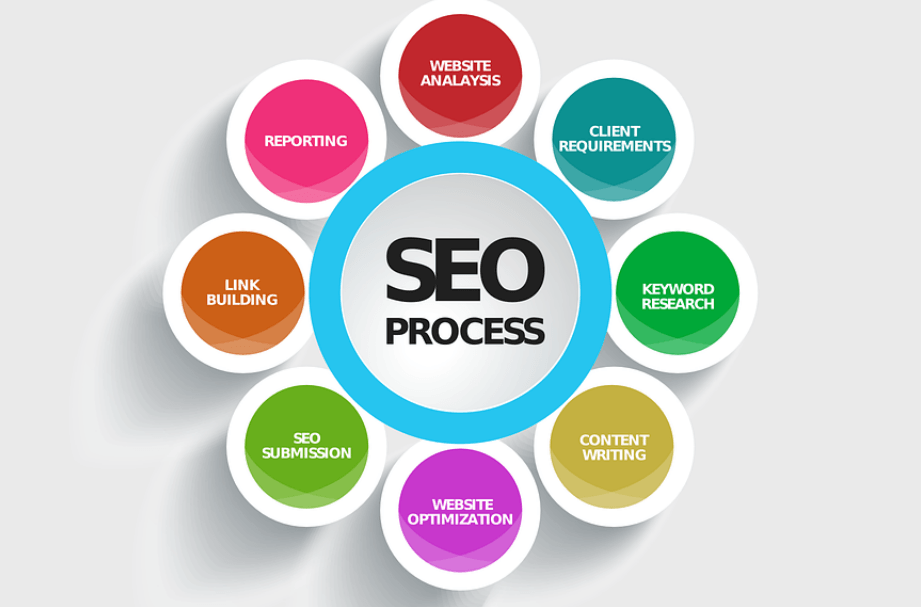How to optimise your multilingual website?

When embarking on an internationalisation strategy, it is important to consider translation, localisation and website optimisation as fundamental parts of the process. A website is one of the most effective and direct ways of reaching potential clients, and for this reason it is essential to dedicate time to the content and ensure it can be adapted to appeal to other markets.
Nowadays, just translating or localising a website does not guarantee international success. Other aspects must be taken into account, such as indexing in the target countries.
Content optimisation: What should you take into account?
Internationalising a website requires optimised content and a quality translation. Potential users are 5 times more likely to buy online when the website is translated, which proves that website translation is not to be taken lightly. Here are some points to take into account:
- Writing and translating content: the SEO and key words are what ensures good positioning in search engines. It is important to carry out a careful search and selection of keywords, in the original as well as in the translated text. Take into account the following:
- Title tags: title tags should be written correctly and be unique to each language. It is important that they do not have more than65 characters (including spaces) and they should include your keywords. They must make sense and be coherent within the context of the web page.
- Meta descriptions: the text included in this label is situated under the title in the search engine results. It must be a description of the page contents and have an effective call to action. It cannot exceed 156 characters (including spaces).
- Alt tags: in addition to offering certain advantages in terms of accessibility, these contain the text shown when an image cannot be viewed. These are important for international SEO.
- URLs: these must be effectively localised. They should not be too long and they must contain the main keyword to be positioned for each of the target languages.
- Correct distribution of keywords: keywords must be distributed throughout the content. However, if too many keywords are included in the text, Google will consider the text as artificial and may penalise it. It is recommended to include them only in the first and last paragraph.
- The content must be adapted to clients' needs: regardless of whether your website SEO is good, if it is not relevant for searches carried out by users, it will never appear in the top positions. Avoid duplicate content at multiple URLs.
Optimising a website is essential for achieving visibility and even more so in the case of a multilingual website. To achieve optimum SEO results of a website, it is important to take into account the previous points and use a quality website translation service.




